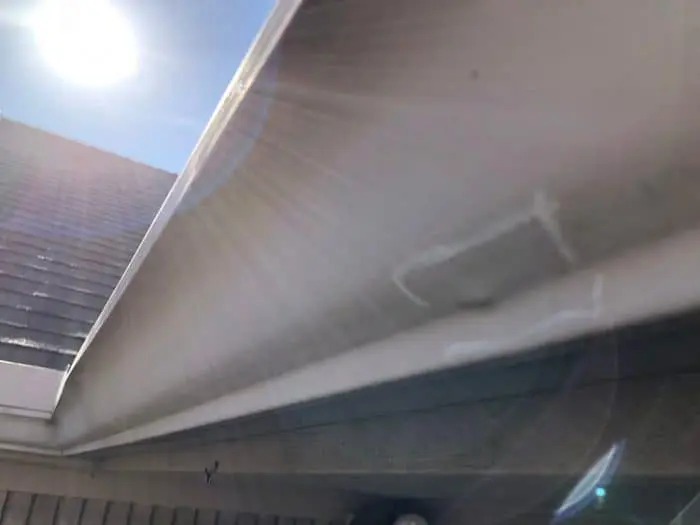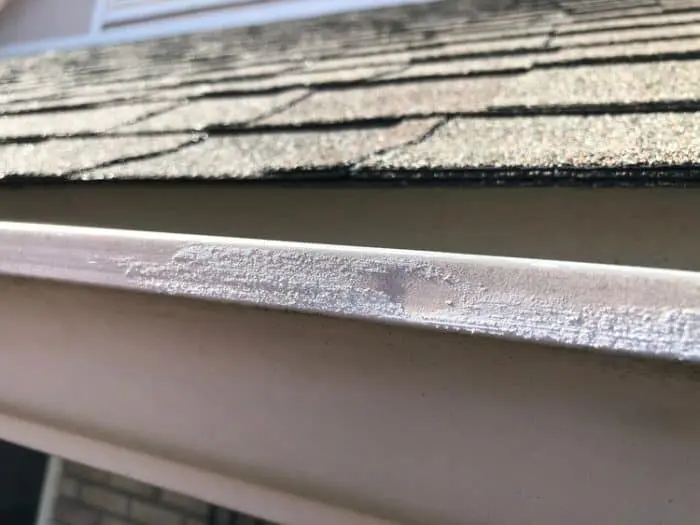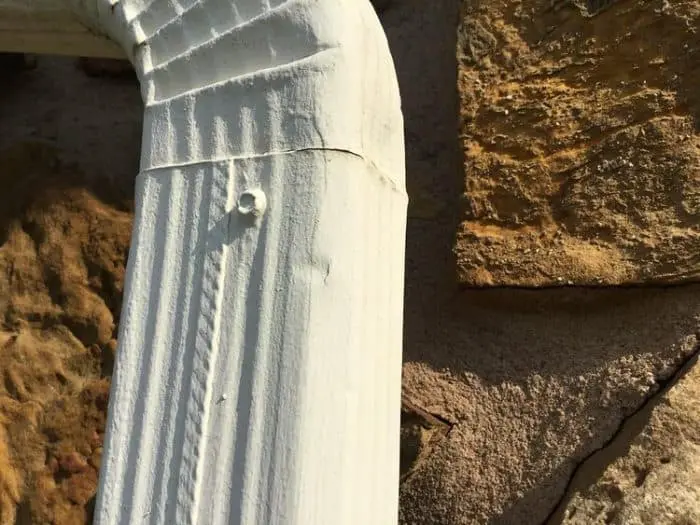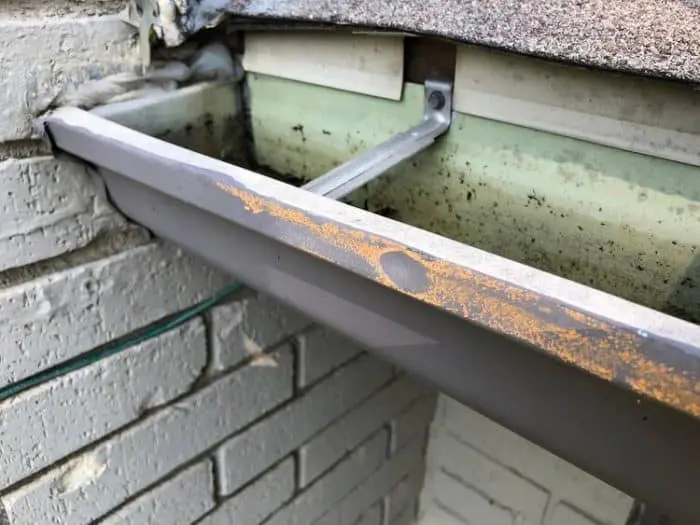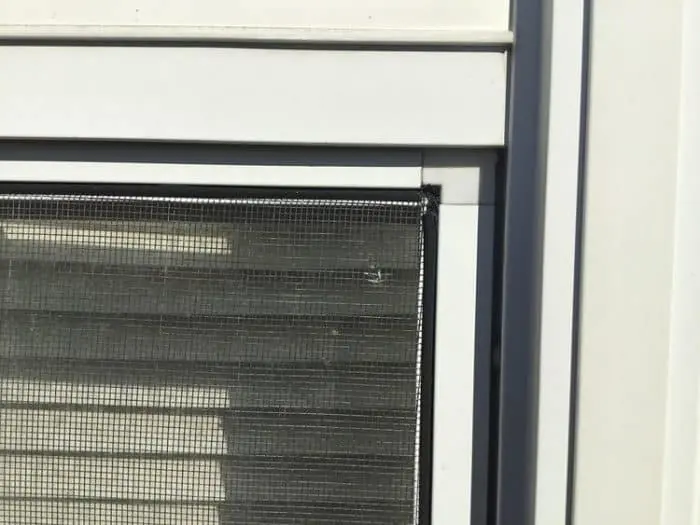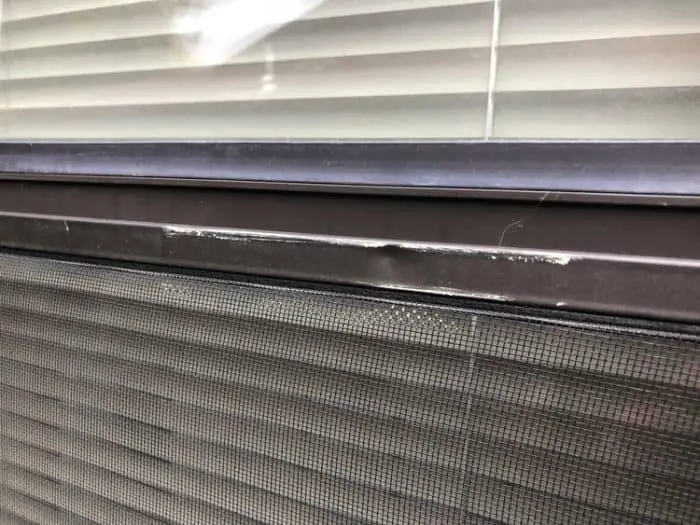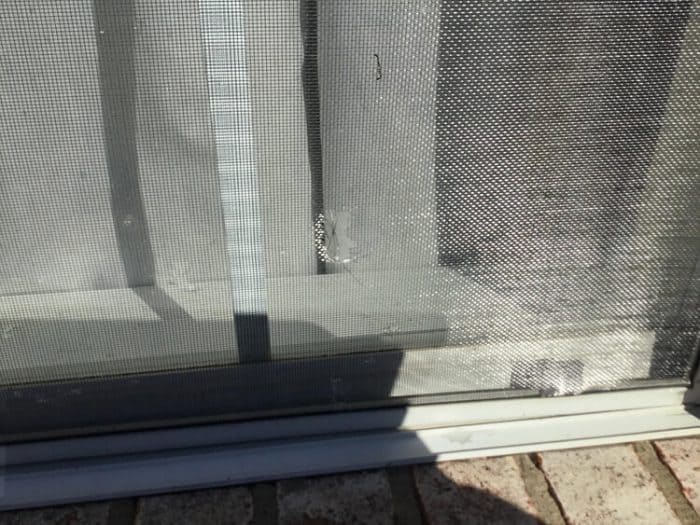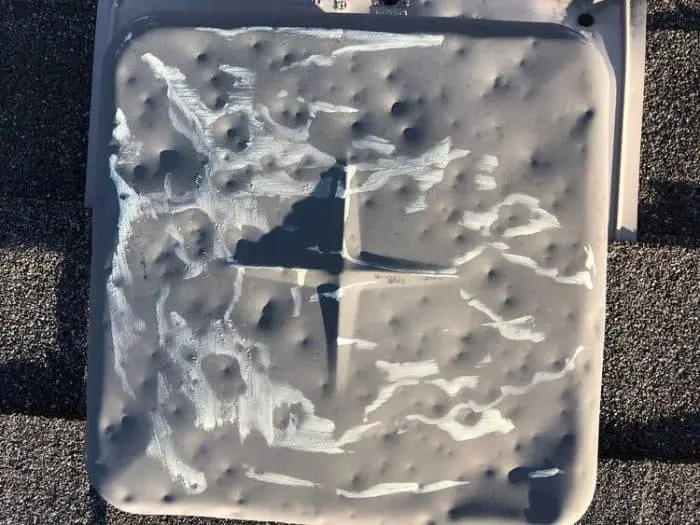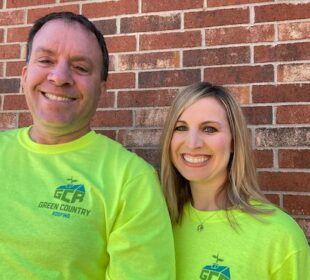Immediately after a hailstorm has come through, the first thing you might be concerned about is your vehicle in the driveway. Hopefully, the next item is your roof. Maybe you live in an area where a hailstorm came through one to two years ago, and now neighbor after neighbor is getting a new roof installed. Perhaps at this point, you are wondering if your roof has hail damage, too.
At this point, you may be thinking that there is no way that you are scaling your roof to look for hail damage. We understand, so we have compiled a list of ways to determine if your roof might have hail damage without ever getting on the roof.
- Look at your gutters—You don’t need to climb a ladder; just look from the ground. Sometimes dents caused by hail are easier to see depending on how the sun is shining. These dents protrude out. Look at your gutters from several directions. Look at the entire distance from one end to the other. Also, look at the downspouts. Don’t count any damage less than 3’ from the ground. The damage below this level was likely caused by your children. Haha! It takes more force to dent a gutter than a shingle. Consequently, if you have damage to your gutters, you likely have damage to your shingles.
- Check your roof vents—Another option is to look at your roof vents. Depending on the pitch and height of your roof, this may or may not be possible. If you see any kind of dents, this would be a good indication that your roof has sustained hail damage.
- Examine your window screens—Now you’re probably thinking, “What in the world do window screens have to do with my roof?” Good question! If hail is big enough and hard enough to do damage to the roof, there’s a great chance that other items around your property will have been impacted as well. If the hail is soft, it will create splatter marks. If hail is hard, things dent and break. See if your screens have circular-type holes in them.
- Evaluate the Color—The next option that you have is checking for color fading on the roof. Your roof’s color comes from the granules or small rocks that comprise the surface of the shingle. Fading may or may not happen right away. When hail hits shingles, the granules are knocked off or loosened. Depending on the size of the hail, fading can happen immediately after a hailstorm, or this process can happen over time as wind and rain knock off loose granules. If you notice that the color of your roof looks less vibrant than it once did, your roof may have been exposed to hail.
- Final tip—This final tip comes from my lovely wife. She says that if tennis-ball size hail has fallen from the sky, you have damage to your roof. Haha!
In all seriousness, if you have noticed at least two of these signs, it’s advisable to have your roof inspected by a professional who can determine the amount of damage that your roof has suffered.

 Emergency Service
Emergency Service